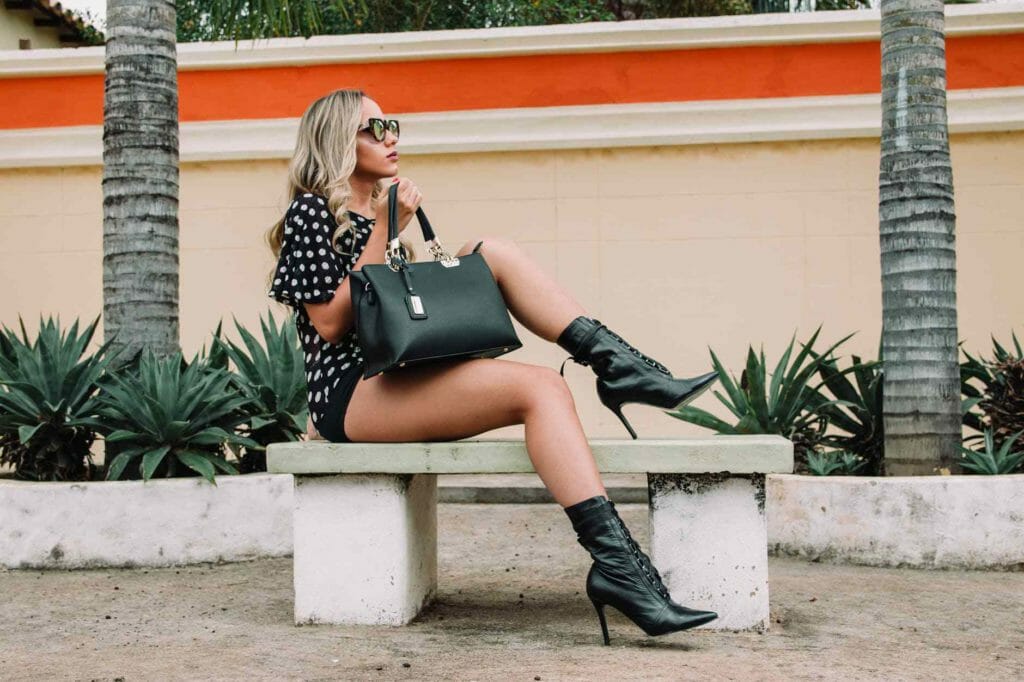At the point when the fashion industry is concerned, culture is a vital piece of it. Fashion and culture go inseparably. Our clothes are a source of non-verbal correspondence that sends messages about what our identity is, the place we originate from, what we do, and so on. Overall, fashion is a method of communicating through our dress and extras. Individuals attempt to remain “in fashion” and they are generally impacted by popular culture which is an impression of social powers just as social variables. It is important to hold them if we wish to safeguard our conventions. On the off chance that we won’t advance our traditions, at that point, no one will, and all things considered, it will get wiped out. Individuals who travel to another country will in general adjust western patterns winning there, overlooking their national character and conventions. From the Indian sari to the Vietnamese conical cap, the world is loaded with various assortments of conventional dress. Some beautiful, some drenched in history and explicit to the nation’s way of life and others because of condition or status – they are quite often attractive. Finding out about them picks up you an understanding into the nation they’re a piece of, so we’ve gathered together a couple of things to give you a lowdown on traditional dress the world over.
- SARI, INDIA – Sari is one of the world’s generally adaptable and classy articles of clothing, which can be hung in many various manners. The sari traverses all of Indian culture, from basic cotton forms that are woven in the road all through the towns of India to very alluring contemporary styles that beauty the catwalk during India Fashion Week.
- GHO, BHUTAN – In Bhutan, a little Himalayan realm tucked among China and India, it’s required for everybody to wear the national dress. For men, this implies the Gho, a knee-length outfit tied at the midsection by a belt called a Keram. For formal events, a silk scarf, a Kabney, is added to the group, the shade of which relies upon the wearer’s status. For the ladies, the conventional dress is ordinarily a lower leg length dress called a Kira, and the identical scarf is known as a Rachus.
- FLAMENCO, SPAIN – A definitive flamenco dress is the bata de cola, the long-tailed version worn for the style of dance of a similar name, a perplexing and lovely move where the artist controls the tail with the goal that it washes and flicks as though it has its very own existence.
- THE TEN-GALLON STETSON, TEXAS, USA -The southern cowboy’s workwear has been glammed up a piece, because of the stars of the two sorts of music, yet the cap stays a genuine American symbol.
- THE KEFFIYEH, SHEMAGH OR GHUTRAH, THE MIDDLE EAST – The scarf headdress worn by men over the Middle East comes in numerous variety of shading, style, and name. It’s known as shemagh in Jordan and the ghutrah in Saudi Arabia, where it is ordinarily either white or red and white, and held set up by the agal, a black band. Be that as it may, the Palestinian high contrast keffiyeh is the most conspicuous version, having been appropriated overall both as an image of dissent and a fashion thing, most preposterously when Balenciaga delivered one for their 2007 catwalk appear.
- KIMONOS, JAPAN – Signifying ‘the thing worn’, kimonos are a definitive image of customary Japanese culture. From the seventeenth century onwards they created as the principal thing of dress for men and lady, and a method for articulation for the individual wearer. They are as yet worn for unique events in Japan, for example, weddings, with current adjustments showing up everywhere throughout the world. The surface beautification is huge, with images, for example, the crane, for instance, showing favorable luck and long life.
- SARDINIA, ITALY – Closer to North Africa than terrain Italy, Sardinia’s blended history is obvious in its traditional dress, components of which have solid Spanish and Moorish impacts. Although every town has its style, there are regular highlights – a cloak, hood or shawl, since a long time ago creased skirts and lavishly weaved shirts. The absolute most awesome are from the region of Nuoro.
- CONICAL HATS, VIETNAM – Vietnam is home to an uncommon abundance of dressing conventions, with the most detailed outfits found in the north, for example, red brocades of the Flower Hmong individuals and the enhanced hats of the Red Dao. In any case, the most unmistakably Vietnamese thing is the conical cap, a basic extra all through the nation.
People wearing their national dresses represents unity. A research directed regarding this matter demonstrated that youths wearing traditional clothes, independent of western pressure, had less conduct and emotional issues. The explanation being that they are in contact with their ancestral culture, religion, and customs and in this manner not confused about their personality or what their identity is!
